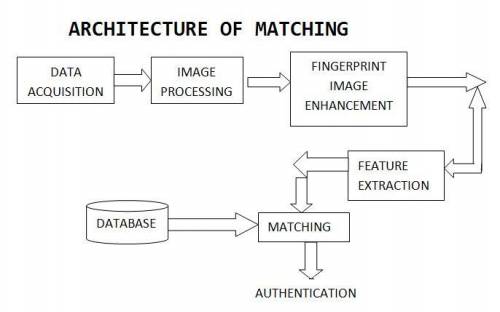
Engineering, 13.02.2020 05:51, kratose
A variation of the following biometric authentication protocol was experimentally tested several years ago at immigration checkpoints in major U. S. airports. A user registers in person by showing his credentials (e. g., passport and visa) to the registration authority and giving his fingerprint (a "palmprint" was actually used). The registration authority then issues to the user a tamper-resistant smartcard that stores the reference fingerprint vector and can execute the matching algorithm. The checkpoint is equipped with a tamper-resistant admission device that contains a fingerprint reader and a smartcard reader. The user inserts his smartcard and provides his fingerprint to the device, which forwards it to the smartcard. The smartcard executes the comparison algorithms and outputs the result ("match" or "not match") to the device, which admits or rejects the user accordingly. Clearly, an attacker can defeat this scheme by programming a smartcard that always outputs "match." Show how to modify the scheme to make it more secure. The admission device needs to make sure that it is interacting with a valid smartcard issued by the registration authority. You can assume that the smartcard can perform cryptographic computations. The attacker can program smartcards and is allowed to have an input-output interaction with a valid smartcard but cannot obtain the data stored inside it.

Answers: 2
Other questions on the subject: Engineering

Engineering, 04.07.2019 18:10, bckyanne3
Afull journal bearing has a journal diameter of 27 mm, with a unilateral tolerance of -0.028 mm. the bushing bore has a diameter of 27.028 mm and a unilateral tolerance of 0.04 mm. the l/d ratio is 0.5. the load is 1.3 kn and the journal runs at 1200 rev/min. if the average viscosity is 50 mpa-s, find the minimum film thickness, the power loss, and the side flow for the minimum clearance assembly.
Answers: 1


Engineering, 04.07.2019 18:20, maciemarklin79981
A3-mm-thick panel of aluminum alloy (k 177 w/m-k, c 875 j/kg-k and ? = 2770 kg/m) is finished on both sides with an epoxy coating that must be cured at or above t,-150°c for at least 5 min. the production line for the curing operation involves two steps: (1) heating in a large oven with air at ts,0-175°c and a convection coefficient of h, 40 w/m2. k, and (2) cooling in a large chamber with air at 25°c and a con- vection coefficient of he 10 w/m2.k. the heating portion of the process is conducted over a time interval te which exceeds the ime required to reach 150°c by 5 min (h = r + 300 s). the coating has an emissivity of ? = 0.8, and the temperatures of the oven and chamber walls are 175 and 25°c, respectively. if the panel is placed in the oven at an initial temperature of 25°c and removed from the chamber at a safe-to-touch tempera ture of 37°c, what is the total elapsed time for the two-step curing operation?
Answers: 3

Engineering, 04.07.2019 19:10, juneham
Estimate the change in specific internal energy au and specific enthalpy h from inlet to outlet for ethylene glycol (a liquid) flowing through each of the following devices: (a) a heat exchanger where the glycol temperature increases from 20 °c to 80 °c; (b) a pump operating at about 25 °c and increasing the glycol pressure from 100 kpa to 8 mpa.
Answers: 2
Do you know the correct answer?
A variation of the following biometric authentication protocol was experimentally tested several yea...
Questions in other subjects:

Mathematics, 21.04.2021 21:40

Mathematics, 21.04.2021 21:40

Mathematics, 21.04.2021 21:40

Chemistry, 21.04.2021 21:40






Mathematics, 21.04.2021 21:40







